1. Tucumcari, New Mexico
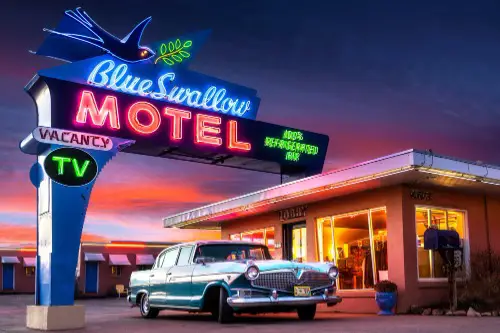
Tucumcari became a full-fledged city thanks to the Chicago, Rock Island and Pacific Railroad in the early 1900s. The site was ideal for a division point, and the railroad built a depot, roundhouse, and shops. As workers moved in, so did families, businesses, and schools. Tucumcari became a critical part of the rail network linking Texas and California.
The Rock Island Line eventually collapsed, taking Tucumcari’s primary economic engine with it. While freight lines still pass through, the railroad no longer defines the town’s identity. These days, it’s better known for Route 66 kitsch and roadside motels. But it’s hard to overstate how much the railroad built—and then abandoned—this little town.
2. Barstow, California
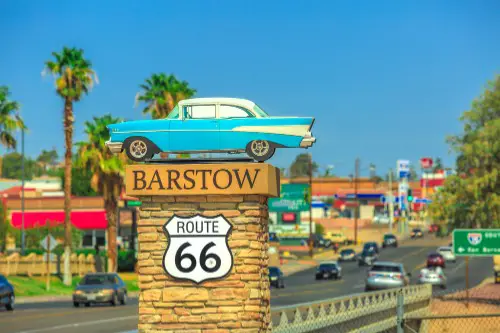
Barstow might feel like a dusty pit stop on the way to Vegas today, but it was once a vital junction for the Santa Fe Railway. It was established specifically because the railroad needed a division point between Los Angeles and the Colorado River. The town became a hub for maintenance, crew changes, and supply storage in the late 1800s. Without the Santa Fe, Barstow would have just been another patch of Mojave desert.
Though trains still pass through today, the major railroad operations that birthed the town are long gone. The yards are quieter, and the town has shifted its focus toward tourism and military logistics. Still, its origins are rooted in a rail network that no longer plays the same role, according to the City of Barstow. The city exists because the railroad did—and stayed because Route 66 followed close behind.
3. Havre, Montana
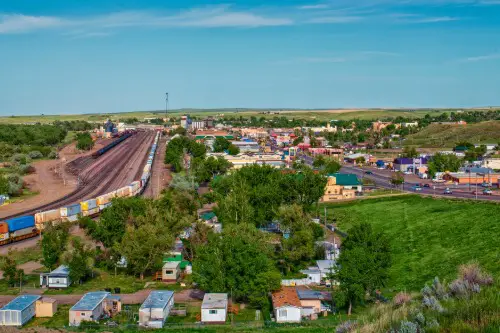
Havre was carved out of the plains in 1893 as a service center for the Great Northern Railway. It became a strategic midpoint between Minneapolis and Seattle, where trains could refuel, be repaired, and swap crews. The railroad didn’t just bring business—it brought people, jobs, and eventually schools and shops. For a long time, the rhythm of Havre’s life matched the hum of the railway line.
Now, the Great Northern is a piece of history, and the trains that once made Havre matter have been folded into larger freight networks, according to the Minnesota Historical Society. The original shops have closed, and while Amtrak still stops here, the golden era is long gone. Without that original purpose, Havre likely wouldn’t have drawn enough settlers to become a city. But thanks to its railroad roots, it’s still holding on today.
4. Winslow, Arizona

Winslow sprang up in the late 1800s as a crucial stop on the Atlantic and Pacific Railroad, which later merged into the Santa Fe system, according to BNSF Railway. It was the site of a roundhouse and served as a refueling and maintenance station in the harsh desert. Route 66 would eventually run through it, but it was the trains that brought it to life. You can still visit the iconic La Posada Hotel, originally built for rail passengers.
The railroad’s heyday is long past, and the tracks now serve mainly freight. Winslow’s economy took a hit when the rail operations slowed and passenger trains stopped coming. Today, it leans on tourism and nostalgia, clinging to its “Standing on the Corner” moment thanks to the Eagles. But make no mistake—without the railroad, Winslow wouldn’t have been on the map in the first place.
5. Gallup, New Mexico
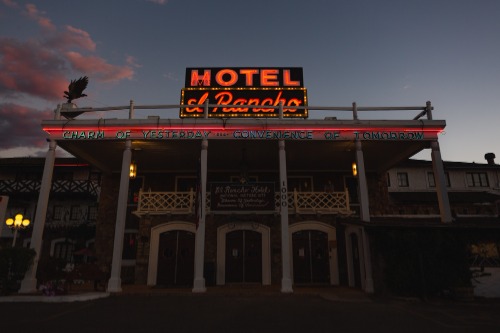
Gallup was born in 1881 as a work camp for the Atlantic and Pacific Railroad, according to Visit Gallup. The site was chosen mainly for its access to coal, which the railroad needed for fuel. Before the railroad, this stretch of northern New Mexico was largely uninhabited by permanent settlers. Gallup quickly grew into a bustling supply and crew town, its identity wrapped tightly around the tracks.
Today, the original railroad company is gone, and coal isn’t the currency it used to be. Gallup still has rail service, but it’s a shadow of what it once was. The town survives thanks to tourism, Native American art, and Route 66 nostalgia. But if not for that initial surge of track-laying energy, Gallup would probably still be empty prairie.
6. La Junta, Colorado
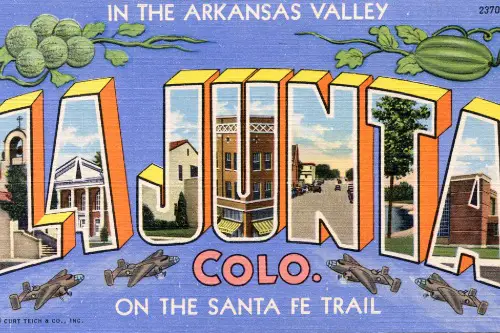
La Junta was established as a key railroad hub by the Atchison, Topeka and Santa Fe Railway. It served as a division point where crews changed and freight was organized heading westward. The railroad gave it purpose, and everything from its downtown layout to its early hotels was designed with rail traffic in mind. It quickly grew into a lively little city, thanks entirely to the flow of trains.
These days, the heavy rail traffic is long gone, and passenger service is minimal. The jobs the railroad provided have vanished, leaving La Junta to rely on agriculture and small-town commerce. Its existence, though, is still owed to the tracks that first drew people there. The Santa Fe Railway may have disappeared, but its ghost still shapes the town.
7. Helper, Utah
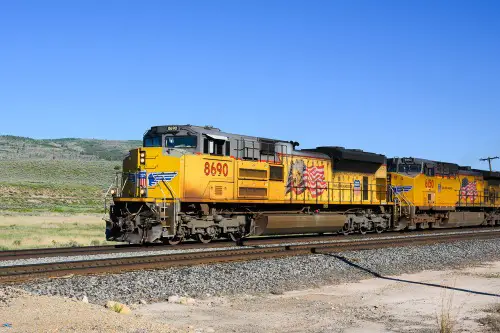
Helper was named after the “helper” engines that were added to trains to push them up the steep grades of the nearby Wasatch Mountains. The Denver and Rio Grande Western Railroad built the town in the 1880s specifically for this purpose. It became a key maintenance stop, with a massive roundhouse, machine shops, and housing for railroad employees. Immigrants from Greece, Italy, and Japan moved here for rail jobs, shaping Helper’s culture.
Eventually, diesel engines eliminated the need for extra engines on mountain climbs, and Helper’s special role evaporated. The rail yards shrank, and so did the town’s population and economy. It’s still standing, now focusing on tourism and arts, but the reason for its location vanished with the steam engines. Helper wouldn’t have existed without that short-lived—but essential—rail role.
8. Rawlins, Wyoming
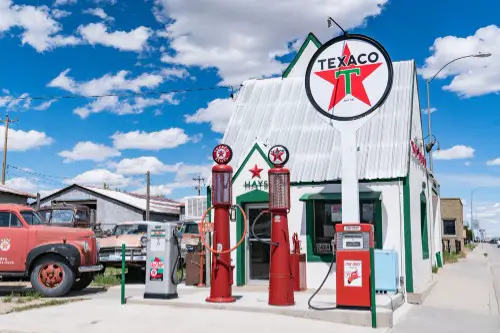
Rawlins came into being in 1868 when the Union Pacific Railroad laid tracks across southern Wyoming. It was a spot chosen largely for its water access and became a division point for refueling steam engines. A bustling depot and machine shop were built, and a city rose around them. For decades, Rawlins thrived as a hub of western expansion.
But when diesel engines came along, the need for water stops and small division points like Rawlins faded. The railroad downsized, and so did the town’s importance in the larger scheme of things. Though freight still passes through, it’s no longer the nerve center it once was. Rawlins owes its very life to the old Union Pacific—and it’s been trying to reinvent itself ever since.
9. Laramie, Wyoming
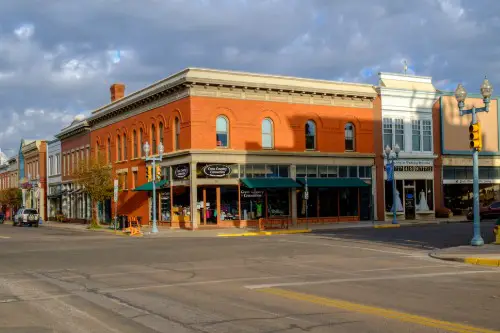
Laramie was another child of the Union Pacific Railroad, plopped into the Wyoming Territory in 1868 as construction crews pushed westward. The site was chosen almost arbitrarily, based on terrain and proximity to water. Yet from that pragmatic choice grew a city with a university, historic downtown, and a surprisingly rich cultural life. But make no mistake—it was rail first, everything else second.
Once the steam era ended, Laramie lost many of its railroad jobs and status. The rail yards downsized, and other industries had to step in to fill the economic void. The city survived, largely thanks to the University of Wyoming, but its origin story is purely rail-based. Without the tracks, there would have been no reason to settle here in the first place.
10. Trinidad, Colorado
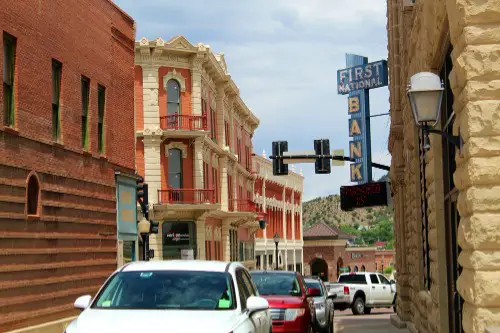
Trinidad, located near the New Mexico border, became a booming railroad town when the Atchison, Topeka and Santa Fe Railway laid tracks through Raton Pass. It served as a crucial connector between Denver and Santa Fe, and quickly became a shipping point for coal, cattle, and goods. Hotels, saloons, and depots popped up almost overnight to serve the railroad crowds. In its heyday, it was one of Colorado’s liveliest rail towns.
As railroad traffic dwindled, so did Trinidad’s influence and size. The depots closed, coal demand dropped, and the tracks became less central to life. These days, it’s known for its historic charm and as an artist-friendly community. But its very existence is owed to a railway that doesn’t run the way it once did.
11. Deming, New Mexico
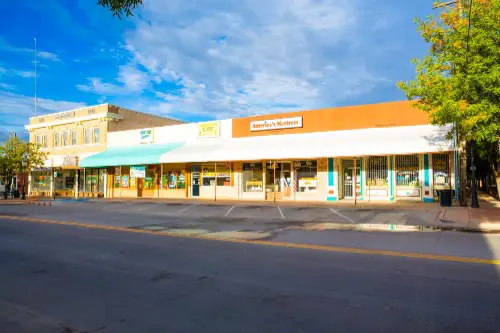
Deming was created in 1881 as the meeting point of the Atchison, Topeka and Santa Fe and Southern Pacific railroads. The town was marketed as the “Silver Spike” site, intended to rival the famous Golden Spike in Utah. It was meant to become a major commercial hub thanks to this rail crossroads. For a while, Deming thrived as a critical link between east and west.
Unfortunately, its grand ambitions never fully materialized, and the railroad eventually moved its main operations elsewhere. While freight still moves through, the city’s central role in rail logistics ended decades ago. Today, Deming survives on agriculture and tourism, but the tracks gave it its first and only real reason to exist. Without the junction, there likely would have been no Deming at all.
12. North Platte, Nebraska
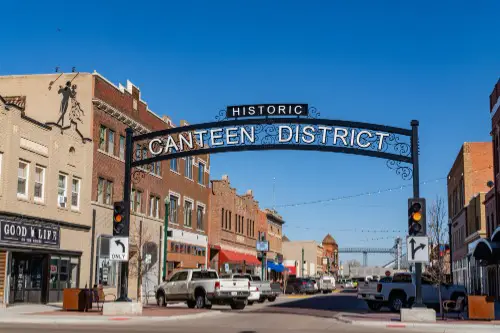
North Platte was founded in 1866 as a major division point on the Union Pacific Railroad during the building of the transcontinental route. It grew around Bailey Yard, which became the world’s largest rail classification yard. Every aspect of the city’s layout—from housing to businesses—was tailored to serve rail workers and their families. The town literally wouldn’t exist without the railroad.
While Union Pacific still operates in North Platte, the modern automation of freight sorting has reduced the city’s role. The workforce has shrunk, and the personal connection between city and railroad isn’t as deep as it once was. Still, the city continues to lean into its rail history with museums and exhibits. Without that 19th-century railroad boom, though, North Platte likely wouldn’t be here at all.
13. Alamosa, Colorado
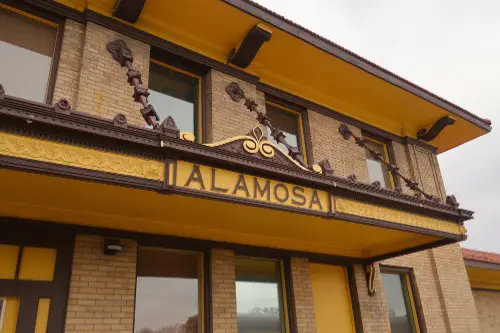
Founded in 1878 by the Denver and Rio Grande Railroad, Alamosa was created to be a supply and maintenance hub for the narrow-gauge rail lines climbing into the San Luis Valley. The town exploded in growth almost overnight, becoming the operational center of the D&RG’s southern lines. Its layout was even designed around the railroad’s needs. For a time, Alamosa was one of the most important cities in southern Colorado.
As the narrow-gauge lines were phased out and tourism replaced freight and industry, Alamosa had to reinvent itself. It now leans on nearby natural beauty and cultural heritage, but the trains that built it are long gone. The city’s downtown still has remnants of that rail past, but it’s more history than function now. Still, without the Denver and Rio Grande, there would be no Alamosa.
14. Yreka, California
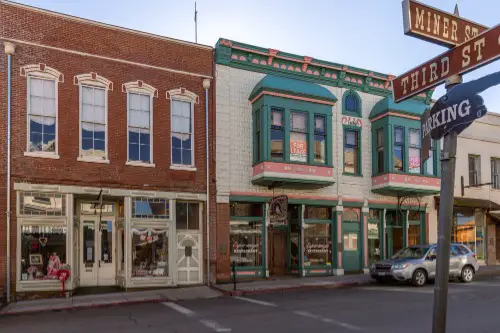
Yreka was originally a gold rush town, but it owes its lasting form to the construction of the Siskiyou Line of the Southern Pacific Railroad in the late 1800s. The city became a key shipping point for timber and agricultural goods in far northern California. The Yreka Western Railroad, a small feeder line, connected it to larger networks, keeping it relevant long after the mines ran dry. The railroad gave it a second life when the gold couldn’t.
Today, the main lines have mostly shut down or shifted routes, and the small railroads that served Yreka are largely defunct. A few tourist trains still run, but the commercial traffic is a thing of the past. Yreka is still here, but its status as a city is tied to a railroad that no longer does the work it once did. Without that second act of rails, Yreka might’ve become just another forgotten boomtown.


